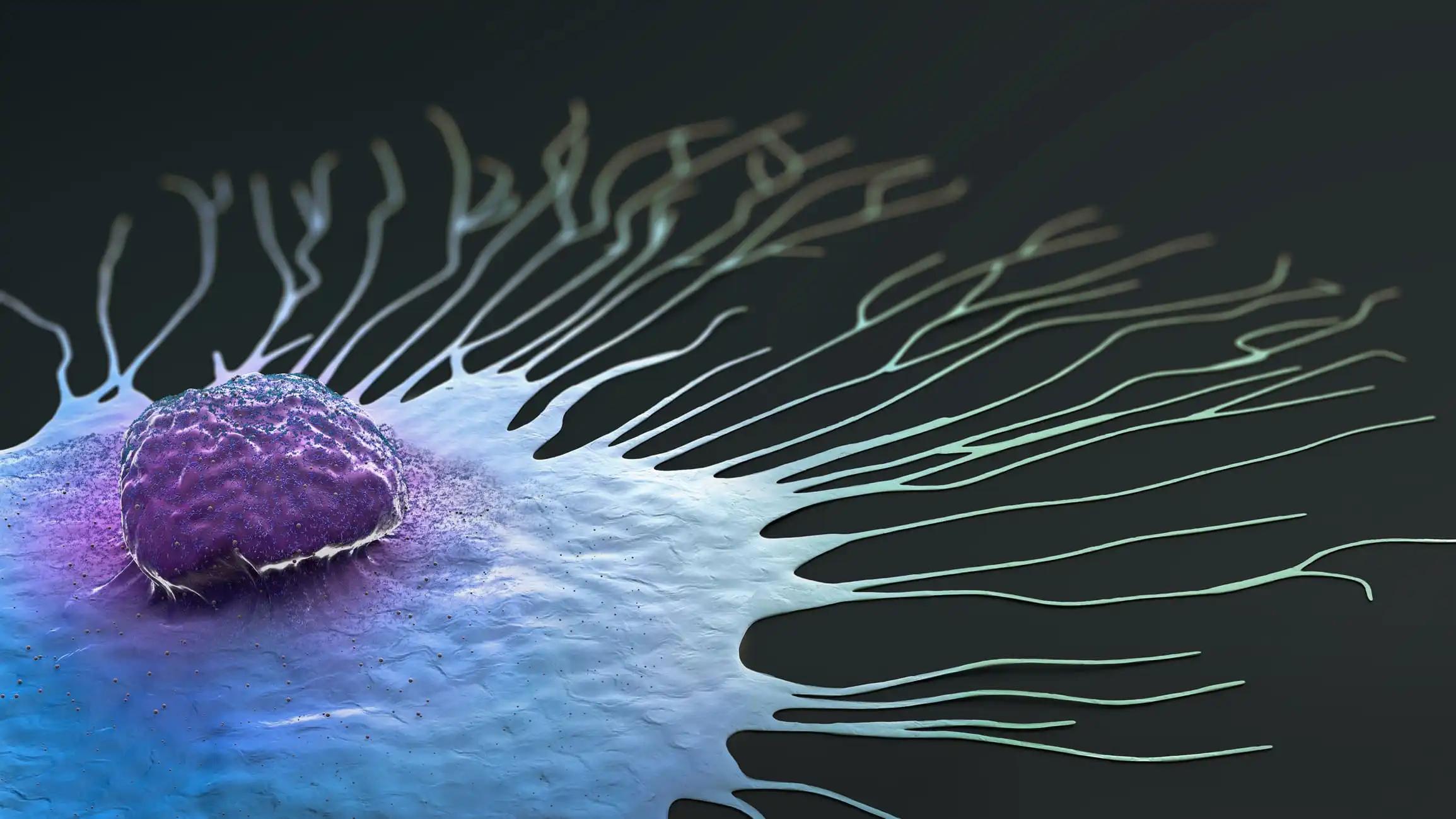KEY TAKEAWAYS
- The study aimed to investigate the role of AMD1 overexpression in promoting the aggressiveness of BLBC by exploring its potential molecular mechanisms and functions.
- Researchers noticed that the AMD1-driven spermidine-eIF5A hypusination-TCF4 axis reveals potential BLBC prognostic markers and treatment targets.
Basal-like breast cancer (BLBC) is notorious for its aggressiveness and limited treatment options. Despite its clinical significance, the precise mechanisms driving BLBC aggressiveness remain elusive. Notably, S-adenosylmethionine decarboxylase proenzyme (AMD1) is specifically overexpressed in BLBC, suggesting its potential role in fueling this aggressive phenotype.
Ruocen Liao and the team aimed to delve into the intricate molecular pathways and functional implications of AMD1 in promoting BLBC aggressiveness.
They performed an inclusive analysis to assess AMD1’s potential effects on breast cancer cells. To evaluate AMD1’s impact, they conducted western blotting, colony formation, cell proliferation, migration, and invasion assays. Spermidine levels were determined using high-performance liquid chromatography, while the methylation status of CpG sites within the AMD1 promoter was assessed via bisulfite sequencing PCR.
The relationship between AMD1 and Sox10 was elucidated through ChIP assays and quantitative real-time PCR. Finally, the effect of AMD1 expression on breast cancer cells was evaluated using both in vitro and in vivo tumorigenesis models.
They demonstrated that AMD1 expression significantly increased in BLBC. AMD1 copy number amplification, hypomethylation of AMD1 promoter, and Sox10 transcriptional activity contributed to overexpression. Elevated AMD1 enhanced spermidine production, facilitating eIF5A hypusination and TCF4 translation. This metabolic shift promoted BLBC cell proliferation and tumor growth. Clinically, elevated AMD1 expression correlated with high grade, metastasis, and poor survival in breast cancer patients, indicating unfavorable prognosis.
The study concluded that the critical association of AMD1-mediated spermidine-eIF5A hyphenation-TCF4 axis significantly contributes to BLBC aggressiveness. These findings underscore the potential of this axis as a prognostic indicator and therapeutic target for BLBC.
The study was sponsored by the Natural Science Foundation of China and the Key Project of Zhejiang Natural Science Foundation.
Source: https://pubmed.ncbi.nlm.nih.gov/38654332/
Liao R, Chen X, Cao Q, et al. (2024). “AMD1 promotes breast cancer aggressiveness via a spermidine-eIF5A hypusination-TCF4 axis.” Breast Cancer Res. 2024 Apr 23;26(1):70. doi: 10.1186/s13058-024-01825-6. PMID: 38654332; PMCID: PMC11040792.



